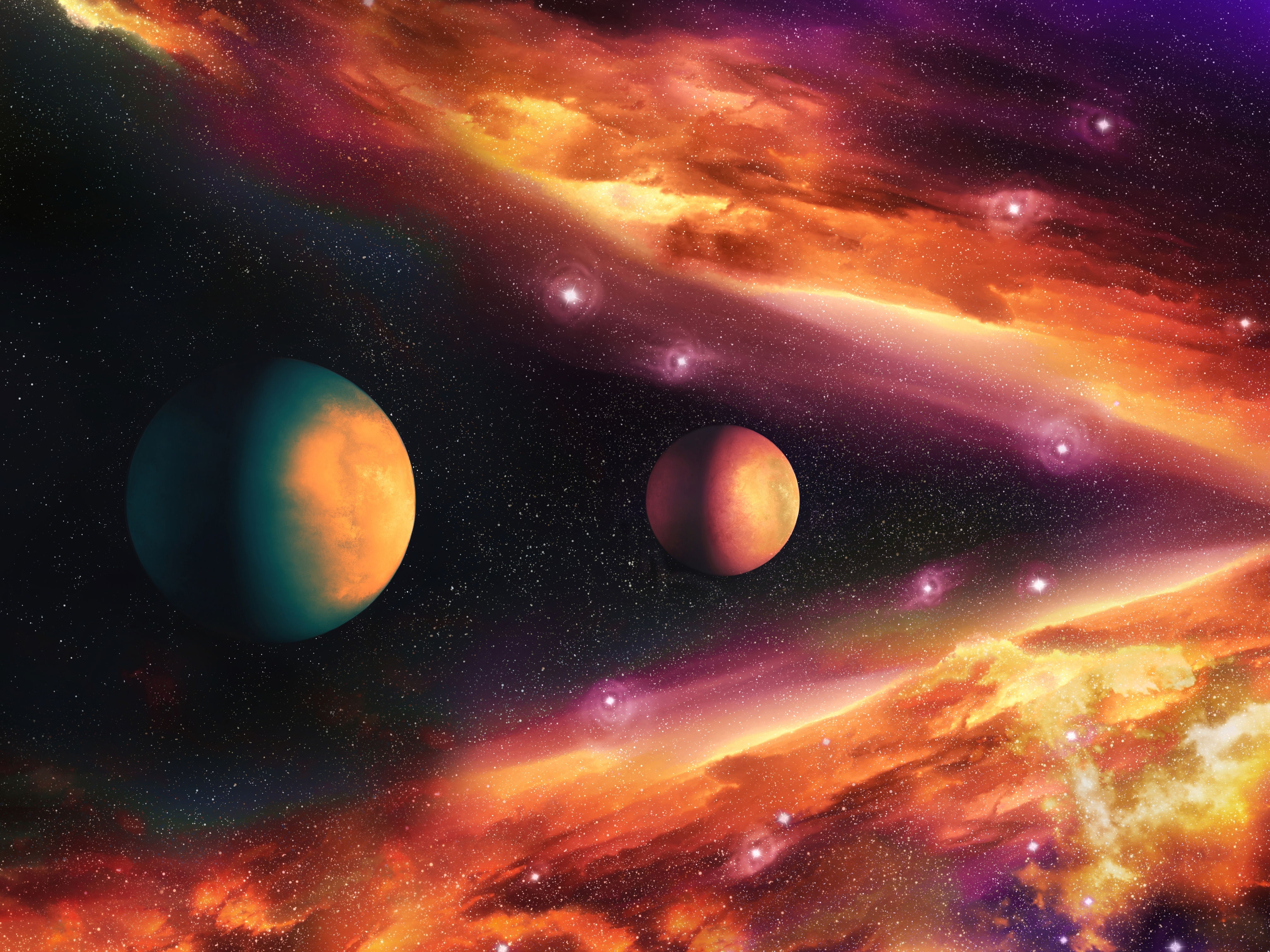Curious Cosmos: Journeying Through the Universe
Introduction to Curious Cosmos
Welcome to Curious Cosmos, your guide to the awe-inspiring expanse of the universe! Astronomy and cosmology unlock the secrets of stars, planets, and the very fabric of reality. Whether you’re marveling at a supernova or pondering the Big Bang, we bring you the latest breakthroughs, cutting-edge tech, and stories that spark wonder about our place in the cosmos.
The Vastness of the Universe
The universe, spanning 93 billion light-years, is a tapestry of galaxies, stars, and mysteries. With 2 trillion galaxies, each hosting billions of stars, it’s a realm of infinite possibilities.
Cosmic Scale
- Observable Universe: Light reaching us from 13.8 billion years ago defines what we can see.
- Expansion: Discovered by Edwin Hubble in 1929, the universe’s expansion, driven by dark energy, accelerates, per 2024 supernova data.
Core Concepts in Cosmology
Cosmology studies the universe’s origin, structure, and fate.
The Big Bang
- Origin: 13.8 billion years ago, the universe began as a hot, dense point, expanding rapidly.
- Evidence: Cosmic microwave background (CMB) radiation, mapped by Planck in 2023, confirms Big Bang predictions.
Inflation
- Theory: A split second after the Big Bang, the universe expanded exponentially, smoothing irregularities.
- 2025 Update: Gravitational wave detectors, like LIGO, are hunting primordial waves to test inflation.
Dark Matter and Dark Energy
- Dark matter, 27% of the universe, inferred from galaxy rotation, remains invisible. 2025 LUX-ZEPLIN data hints at WIMP particles.
- Dark Energy: 68% of the universe, driving expansion. The 2025 Euclid mission maps galaxies to probe its nature.
Stars and Galaxies
Stars are the universe’s engines, forging elements and lighting galaxies.
Stellar Life Cycles
- Birth: Stars form in nebulae, like the Orion Nebula, observed by JWST in 2024.
- Death: Massive stars explode as supernovae, seeding elements for planets. A 2025 supernova in M31 was the brightest in decades.
Galaxies
- Types: spirals, ellipticals, and irregulars, with the Milky Way hosting 100 billion stars.
- Mergers: The Andromeda-Milky Way collision, predicted in 4 billion years, was modeled in 2024 using Gaia data.
Black Holes: Cosmic Enigmas
Black holes, where gravity warps spacetime, captivate scientists.
- Types: stellar-mass, supermassive (like M87’s, imaged in 2019), and primordial.
- Breakthrough: In 2025, the Event Horizon Telescope captured a spinning black hole’s jet, revealing magnetic field dynamics.
Hawking Radiation
Stephen Hawking’s 1974 theory suggests black holes emit particles, slowly evaporating. Experiments in 2024 using analog black holes in labs strengthened this hypothesis.
Exoplanets and the Search for Life
The hunt for habitable worlds is accelerating.
- Discoveries: Over 5,500 exoplanets found by 2025, with 50 in habitable zones, per TESS data.
- 2025 Milestone: JWST detected water vapor in a rocky exoplanet’s atmosphere, hinting at potential habitability.
Astrobiology
- Mars: Perseverance’s 2024 samples, set for 2033 return, may hold microbial fossils.
- Europa: The 2025 Europa Clipper mission will study Jupiter’s icy moon for subsurface oceans.
Tools of Cosmic Exploration
Advanced technologies bring the universe closer.
Telescopes
- James Webb Space Telescope: Since 2022, JWST has imaged galaxies from 13 billion years ago, revealing early star formation.
- Vera C. Rubin Observatory: Starting in 2025, it will map 20 billion galaxies, probing dark energy.
Space Missions
- Artemis Program: NASA’s 2025 Artemis II orbited the Moon, prepping for 2026’s lunar landing.
- Tianwen-2: China’s 2025 asteroid sample return mission targets near-Earth objects.
Gravitational Waves
- LIGO-Virgo: Since 2015, over 100 mergers have been detected. A 2025 signal from a neutron star-black hole pair refined stellar models.

The Cosmic Microwave Background
The CMB, a snapshot of the early universe, holds clues to its birth.
- Mapping: The 2024 Simons Observatory improved CMB polarization data, constraining inflation models.
- Future: The LiteBIRD satellite, launching in 2028, aims for precision cosmology.
Challenges in Cosmology
- Unknowns: Dark matter’s nature and dark energy’s cause remain elusive.
- Data Deluge: JWST generates terabytes daily, requiring AI for analysis, per 2024 reports.
- Funding: Global space budgets hit $120 billion in 2024, but competition for grants is fierce.
Recent Discoveries
- 2025 Nobel Prize: Awarded for gravitational wave research, advancing our cosmic understanding.
- Fast Radio Bursts: A 2024 study linked FRBs to magnetars, solving a decade-long mystery.
- Cosmic Web: The 2025 DESI survey mapped filaments connecting galaxies, confirming structure formation theories.
The Future of Cosmic Exploration
The next decade promises cosmic leaps.
- Interstellar Probes: Breakthrough Starshot’s 2030 nanocraft aim for Alpha Centauri, using laser propulsion.
- Lunar Observatories: A 2028 radio telescope on the Moon’s far side will probe the cosmic dark ages.
- Unified Theories: Efforts to merge quantum mechanics and gravity may yield a “theory of everything” by 2040.
Societal Impact
Cosmology shapes our world:
- Technology: Space tech, like GPS and weather forecasting, stems from cosmic research.
- Philosophy: Understanding our origins fosters global unity, with 2024 surveys showing 70% view space as a shared frontier.
- Economy: The space industry, worth $500 billion in 2025, is projected to hit $1 trillion by 2040.
Why Curious Cosmos Matters
Curious Cosmos makes the universe accessible, blending rigorous science with captivating stories. Whether you’re an astronomer, student, or stargazer, we’re here to fuel your cosmic curiosity and connect you to the wonders above.
Join the Cosmic Journey
Subscribe to Curious Cosmos for weekly updates, follow us on social media, and explore our archives for deep dives into the universe. Have questions about black holes, exoplanets, or the Big Bang? Reach out—we’re here to light up your curiosity!